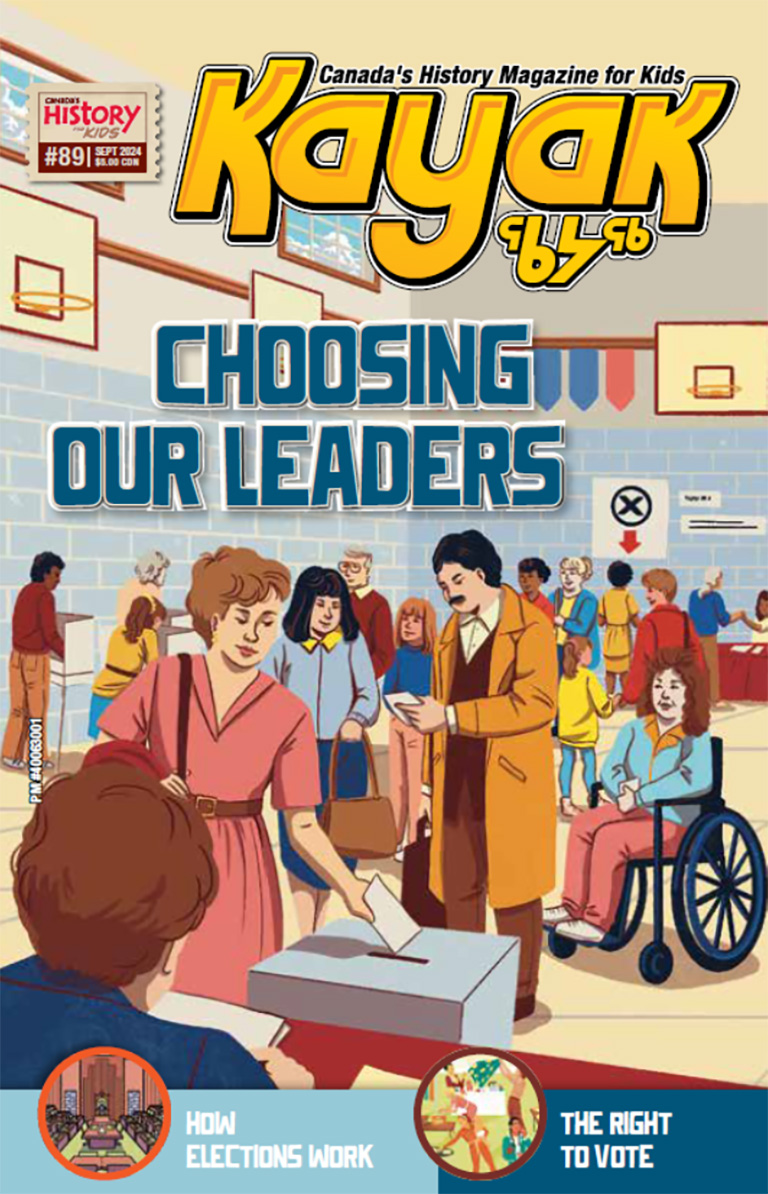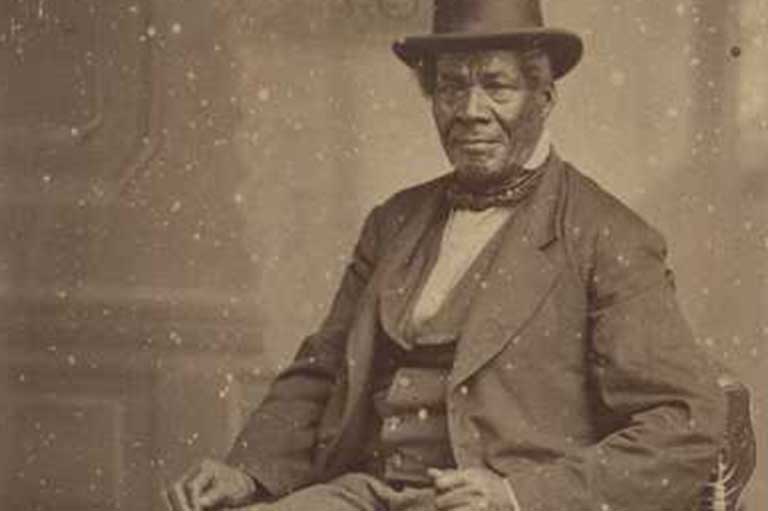Elections and Voting
Lesson Overview |
Grade Levels: 3/4, 5/6 Subject Area: Social Studies, Civics This lesson is inspired by the articles “The Election Trail” and “Who Gets to Vote?” in the September 2024 issue of Kayak: Canada’s History Magazine for Kids. |
How do elections work and who gets to vote? Students explore election facts using their initial thinking to guide them as they search for the facts to support claims in an anticipation guide. Then they examine some arguments for and against lowering the voting age and consolidate their learning by creating a product that convinces Canadians of the civic importance of voting. |
Historical Thinking Concept(s) |
|
Background Information |
| It won’t be long before students in elementary school are able to help choose Canada’s governments. It’s a big responsibility. This lesson helps students learn basic facts about the history and process of Canada’s elections, voting, and the responsibility of being an engaged citizen. |
Lesson Activity |
ACTIVATING
ACQUIRING
APPLYING
|
Extension Activity |
|
Themes associated with this article
Advertisement






